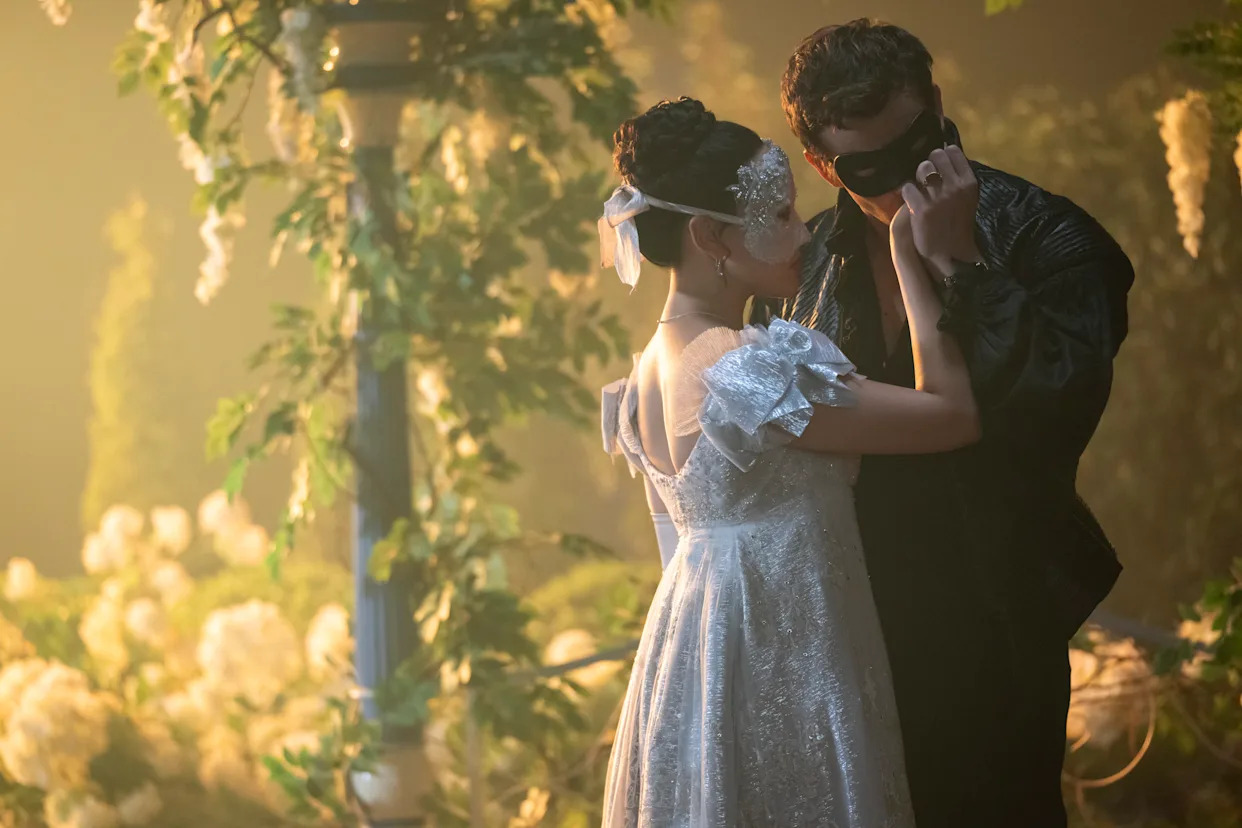
In the crowded world of television dramas, period pieces often face the same challenge: how to balance historical authenticity with storytelling that resonates with contemporary audiences. Many productions lean heavily on accuracy, emphasizing strict costumes, rigid dialogue, and meticulous social customs. Yet Bridgerton breaks nearly all those rules—and thrives because of it. The Shondaland series has reinvented the period romance genre not by following tradition, but by boldly stepping away from it.
What makes Bridgerton so distinctive is its intentional fusion of the old and the new. The show is set in the Regency era, but it refuses to be constrained by the aesthetic or social limitations of that time. Instead, it reimagines the period through a modern, aspirational lens, where elegance and fantasy blend into a vibrant world of heightened emotion. This creative choice immediately distinguishes the show from its predecessors. Rather than striving to recreate the early 1800s, Bridgerton seeks to evoke the feeling of a romantic past—lush, indulgent, and emotionally charged.
A key component of this approach is its use of modern music reinterpreted as orchestral scores. Hearing classical covers of Taylor Swift, Billie Eilish, or Ariana Grande during ballroom sequences bridges the emotional gap between viewers and the characters. These musical choices communicate that, despite social rules and historical trappings, the characters’ emotions—longing, desire, jealousy, heartbreak—are timeless. Music becomes a universal language, reminding viewers that love stories transcend eras.
 Another crucial factor is the show’s exploration of sensuality. While traditional period dramas often rely on subtle glances and restrained passion, Bridgerton embraces desire as a central narrative force. Romantic tension is not merely suggested—it’s felt, lived, and expressed. Whether it’s Daphne and Simon’s fiery awakening, Anthony and Kate’s intense slow burn, or Colin and Penelope’s emotional intimacy, the show acknowledges that sexuality is a natural and powerful part of human connection.
Another crucial factor is the show’s exploration of sensuality. While traditional period dramas often rely on subtle glances and restrained passion, Bridgerton embraces desire as a central narrative force. Romantic tension is not merely suggested—it’s felt, lived, and expressed. Whether it’s Daphne and Simon’s fiery awakening, Anthony and Kate’s intense slow burn, or Colin and Penelope’s emotional intimacy, the show acknowledges that sexuality is a natural and powerful part of human connection.
Yet Bridgerton doesn’t thrive on romance alone. Scandal, intrigue, and social politics are woven into every episode. Lady Whistledown’s anonymous gossip sheets turn the ton into an ecosystem of secrets and strategies, where reputations rise and fall with the stroke of a quill. Her presence adds a layer of suspense that keeps viewers guessing—not just about romantic outcomes but social power shifts. This blend of romance and mystery gives the series a dynamic complexity, allowing it to appeal to audiences who crave drama beyond courtship.
Costuming also plays a significant role in the show’s success. Designer Ellen Mirojnick crafted a visual identity that mixes historical silhouettes with modern color theory and aesthetics. Rather than muted palettes typical of the Regency era, Bridgerton delivers pastels, vivid jewel tones, florals, and opulent embroidery. The Bridgerton family’s light blues symbolize purity and unity; the Featheringtons’ bright yellows and greens reflect their flamboyant personalities. These costume choices do more than please the eye—they communicate character psychology and narrative themes.
Similarly, the diverse casting marks one of the show’s most groundbreaking departures from genre norms. The inclusion of actors from various racial backgrounds in noble roles redefines who gets to be seen as desirable, powerful, and worthy of love in historical romances. This reimagining is not meant as historical correction but as a statement of imaginative possibility. It signals that romance—and representation—should not be limited by outdated conventions.
Yet despite all the spectacle, Bridgerton maintains emotional authenticity. Even the most dramatic plotlines are grounded in character growth. Anthony’s struggle with duty, Daphne’s journey toward sexual and emotional self-awareness, Kate’s internal battle between loyalty and love, Colin’s reckoning with identity—all reflect universal human experiences. The show may be fantastical in style, but its emotions remain deeply real.
This emotional integrity is strengthened by its thematic consistency. Each season explores a different facet of love: lust, obligation, self-discovery, desire, friendship, vulnerability. The characters’ romantic journeys, though wrapped in glamorous packaging, are fundamentally about confronting fears, challenging societal expectations, and choosing who they want to become.
Ultimately, the reason Bridgerton thrives without traditional period-drama rules is that it understands what truly draws audiences: not perfect historical accuracy, but emotional truth delivered through captivating storytelling. It invites viewers into a dreamscape where history is inspiration rather than limitation—a world where love stories feel both timeless and thrillingly fresh.
